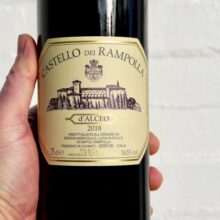
Product information
Castello dei Rampolla ‘d’Alceo’ 2018
$298
Description
Jumping from 4,000 vines a hectare to 8-10,000. Grown as bush vines. Immediate oppulence and generosity on the nose. The structural element from the tannin are very different from the tannins of Bordeaux, edgy again in a good way. Such complexity with a layer of macerative characters and the perfume they can offer. Vibrant acidity and flowers from the Petit Verdot. d’Alceo is a wonderful wines that raise that discussion of whether it looks like Cabernet. I say yes, Italian Cabernet grown by Rampolla. Don’t think Bordeaux, think excellent red wine with a bold yet restrained expression of Cab. Now there’s a trick!
🔥Hot tip from Luca – Drink it on day 2 it’s when the tannins are the best!
The 2018 D’Alceo is a wild, exotic wine. Cabernet Sauvignon and Petit Verdot come together in a wine that is sumptuous, layered and exceptionally beautiful. Inky blue/purplish fruit, sage, mint, lavender and chocolate are some of the many notes that take shape. The 2018 was fermented in cement then aged 12 months in a combination of 500L tonneaux and barriques. This really blooms with time. Drink 2028- 2048
Antonio Galloni, Vinous 99 Points ML 97
In stock
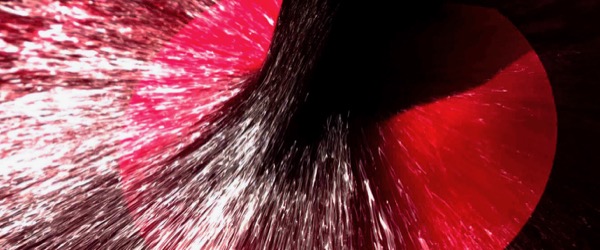
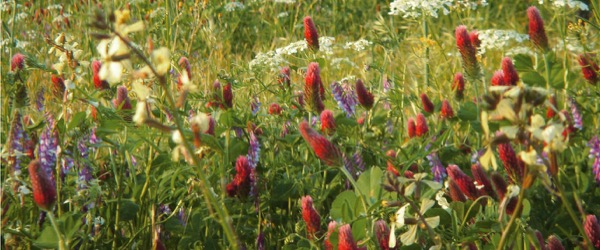

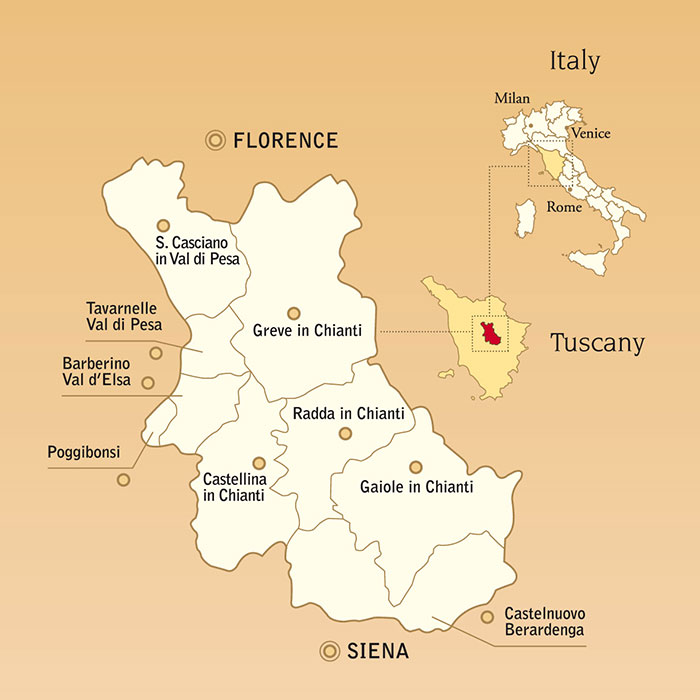
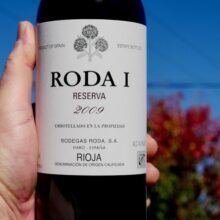
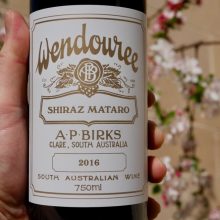
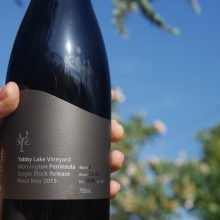
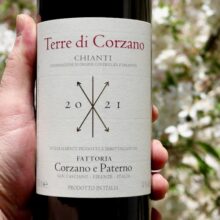
You must be logged in to post a comment.